Dice Activity for Reviewing Square Roots
This blog post contains Amazon affiliate links. As an Amazon Associate, I earn a small commission from qualifying purchases.
Want to check out my favorite Amazon items for the classroom? Check out my Amazon favorites page!
Today I want to share with you the best activity ever for reviewing square roots. This is the first time I have ever taught my students to simplify square roots. So, it may not be the best activity ever. But, I can tell you that I have never had more engaged students in my Algebra 2 class than the day we did this activity.
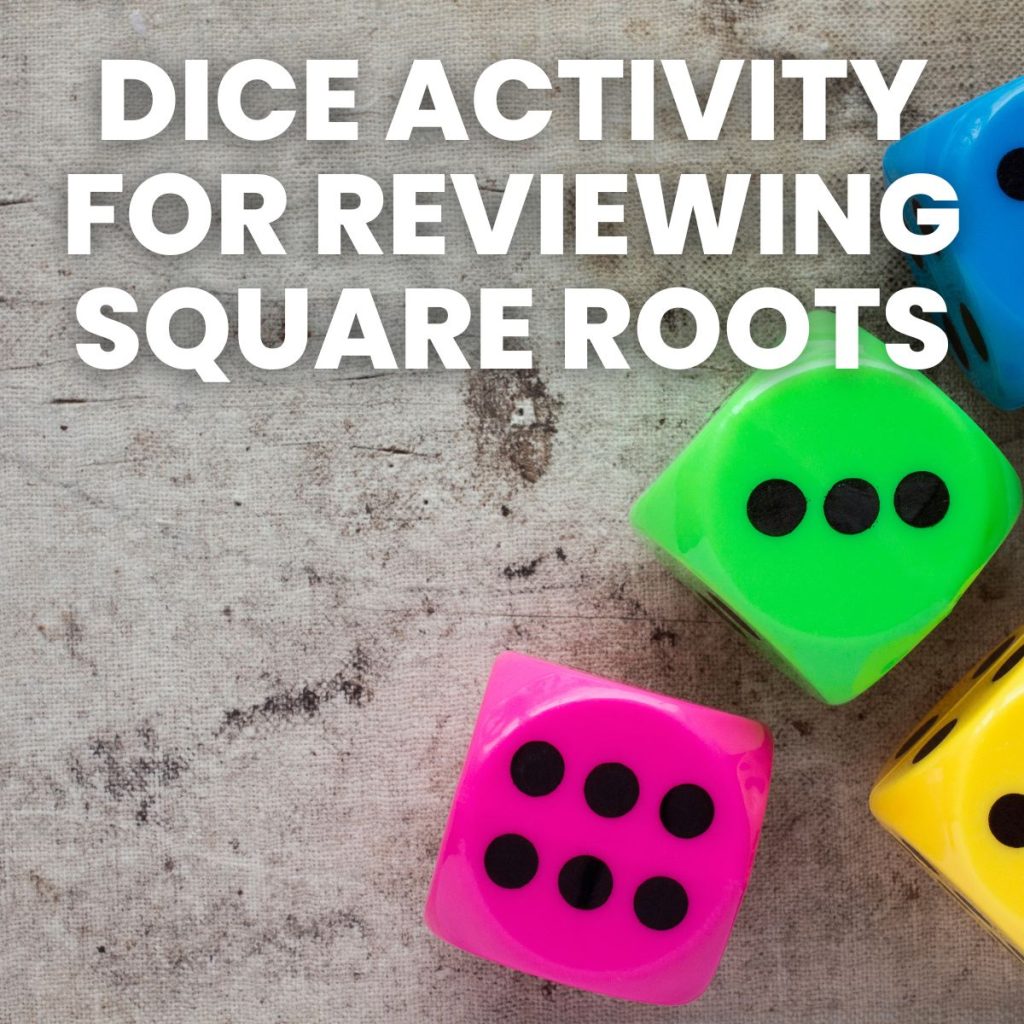
My next lesson to be taught in Algebra 2 is solving quadratic equations by taking square roots. We’ve already solved by factoring and solved by graphing.
Since my Algebra 2 students are lacking some essential Algebra 1 skills, I decided it would be best to spend a day reviewing square roots before trying to solve by finding the square root.
I decided the best way to review square roots was to do a ton of practice problems. I created a Smart Board file with page after page after page of practice problems. Students would copy the problem on their dry erase board and solve.
After making so many slides, I was bored. And, I knew that if I was bored my students would most definitely be bored. Ten minutes before class was about to start, I had an epiphany. What if I made the number under the radical sign random and unpredictable? There’s no better way to do that than using dice.
I pulled up the multiple dice file from the Smart Board Gallery and stuck it under a radical sign.
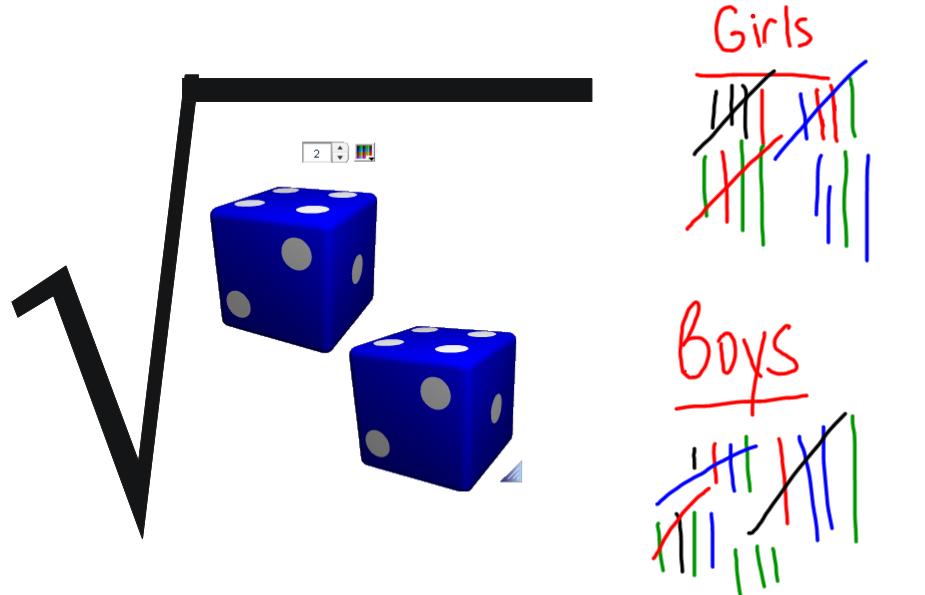
Now, we could roll the dice to find the next number to take the square root of. Two dice = two digit number. So, in the above example, the number would be 22.
I love that the students never know if the square root created by the dice will be a perfect square, simplify partially, or not simplify at all.
We broke up into boys vs. girls. I would touch the Smart Board to flip the dice. The two selected players would race to see who could find the square root first. However, everybody was supposed to solve every problem on their dry erase board.
As you can see from our score tally, the competition was intense. The girls would pull ahead by one point. Then the boys would catch up. The boys would get ahead, and then they would fall behind again. I have never seen my Algebra 2 students get this engaged in an activity before.
Things I Would Change for Next Time
- Have a plan for who will compete against who. I let the students decide, and it didn’t work as well as I intended. Some students didn’t compete as much as others, but I didn’t really have a way to regulate this because I didn’t have a plan going in.
- From the start, tell them that the first answer that they hold up is their one and only answer. Otherwise, students will just hold up the problem, hoping that it won’t simplify any further. Force them to fully work through the problem before selecting their answer.
- Come up with a better way to determine which team finishes first. As the students got better at recognizing the square roots that wouldn’t simplify, I began having trouble determining exactly which team held up their answer first. This led to some calls that were protested.
More Activities for Teaching Radicals
- Prime Numbers Chart
- Radicals Task: Which is the Smallest?
- Like Radicals Card Sort Activity
- Parts of a Radical Poster
- Prime Factorization Foldable
- Prime Factorization Graphic Organizer
- Prime Numbers Below 100 Chart
- Simplifying Radicals Puzzle
- Rationalizing the Denominator Practice Book
- Operations with Radicals Question Stack Activity
- Conjugates INB Page
- The Constant Chair Regression Activity
- Prime and Composite Numbers Chart
- Multiplying Radicals Graphic Organizer
- Vocabulary Knowledge Rating Chart
- Parts of a Radical Graphic Organizer
- Radical Clock Makeover
- Dice Activity for Reviewing Square Roots

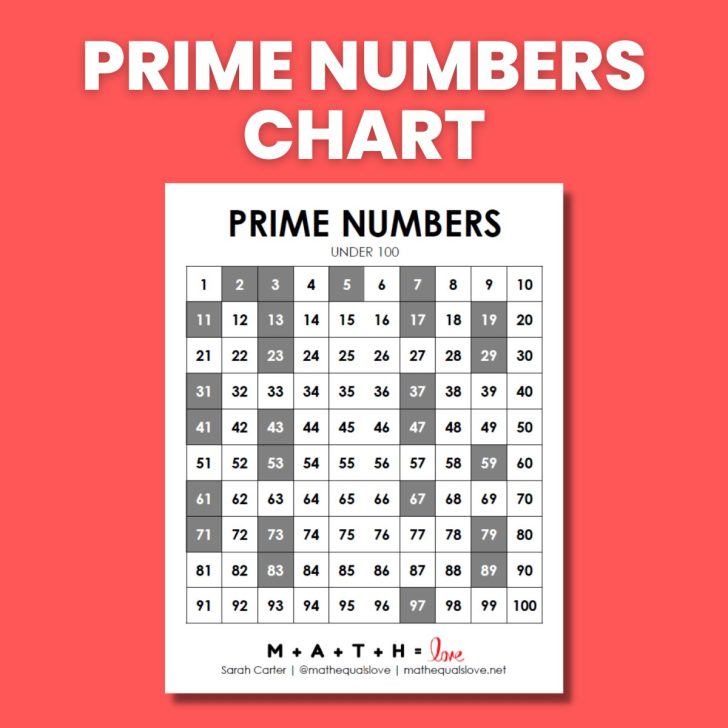

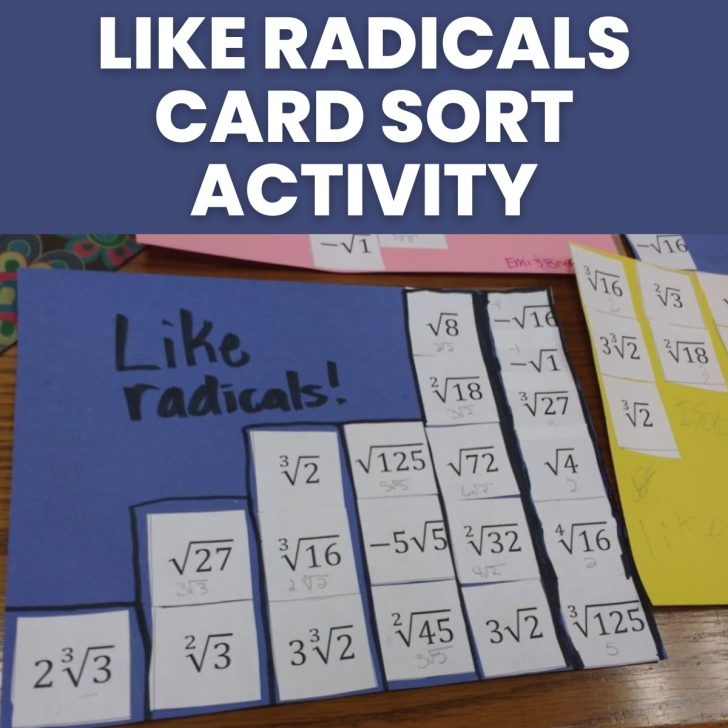

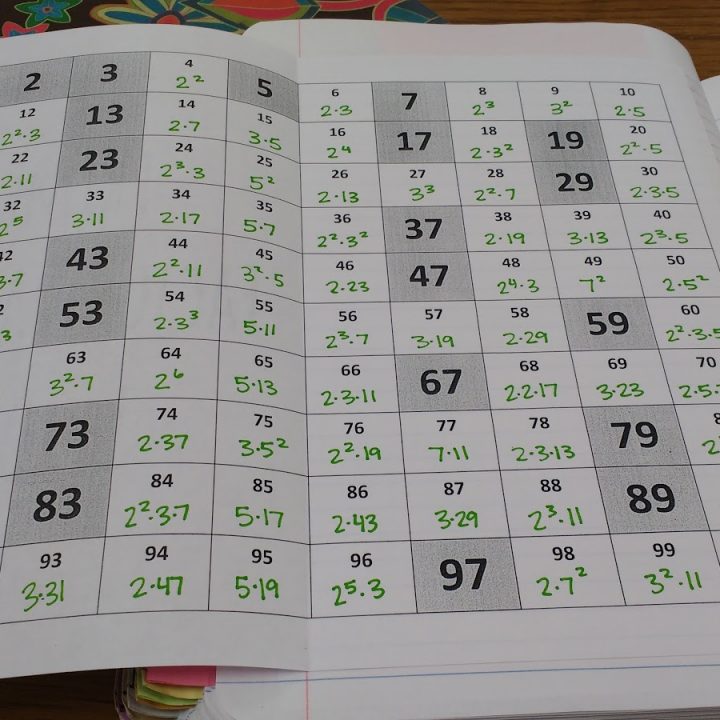
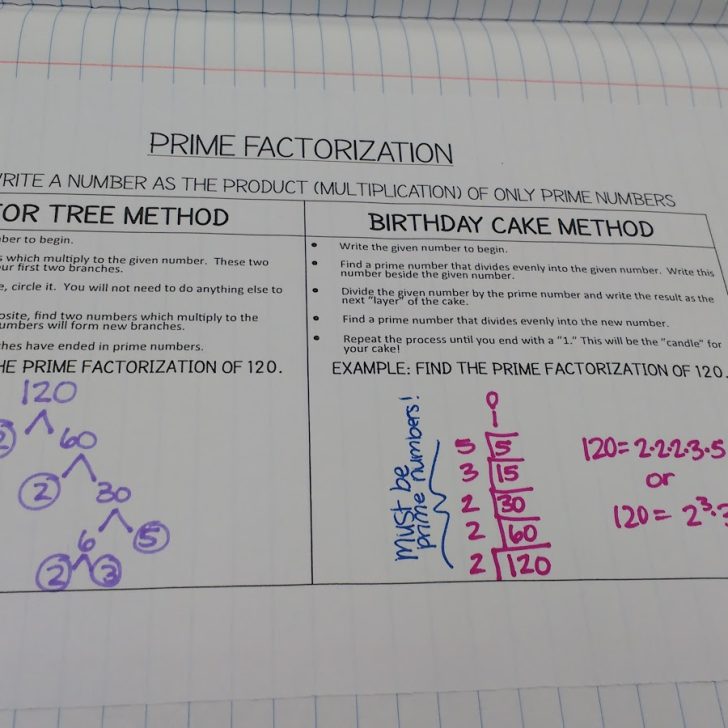
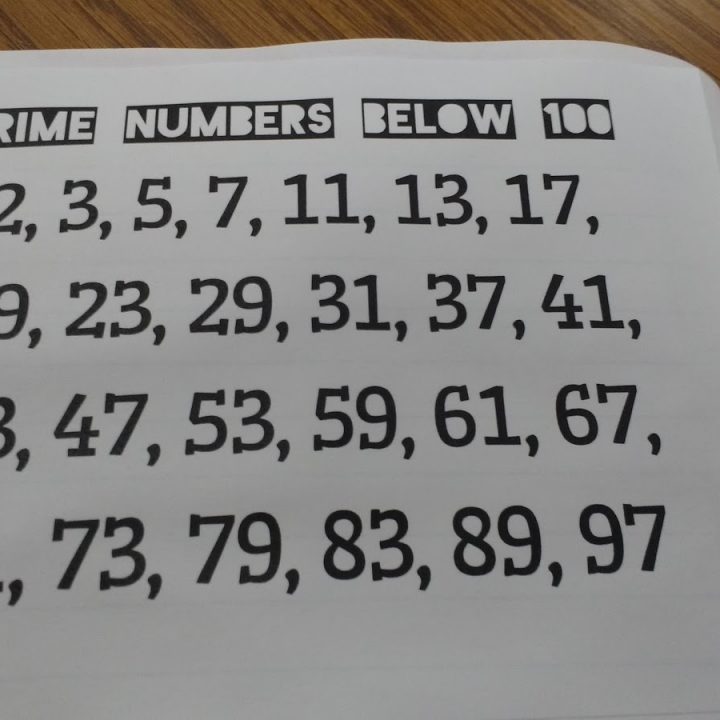
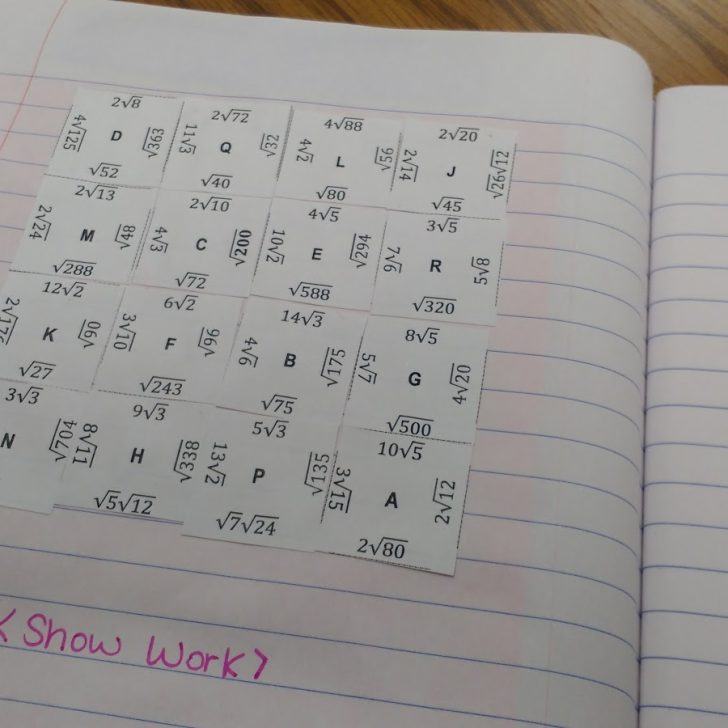
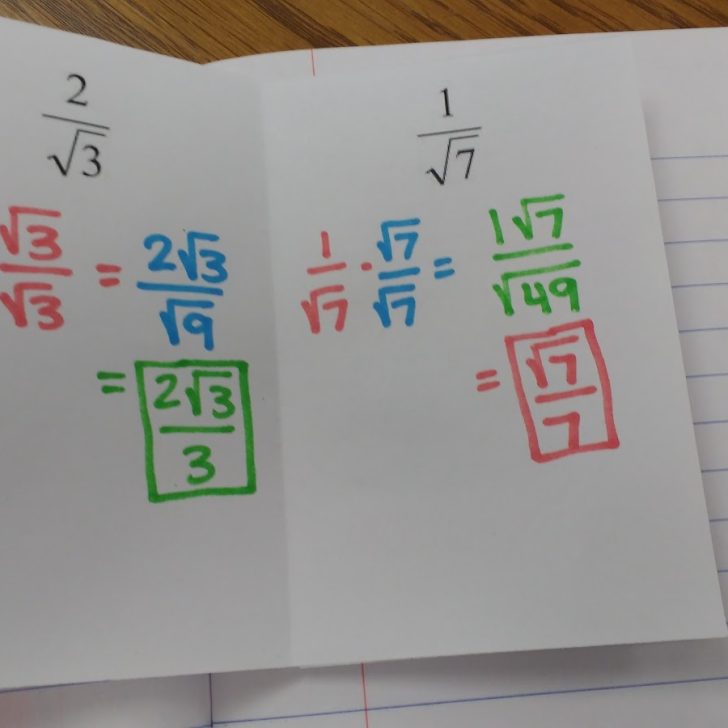


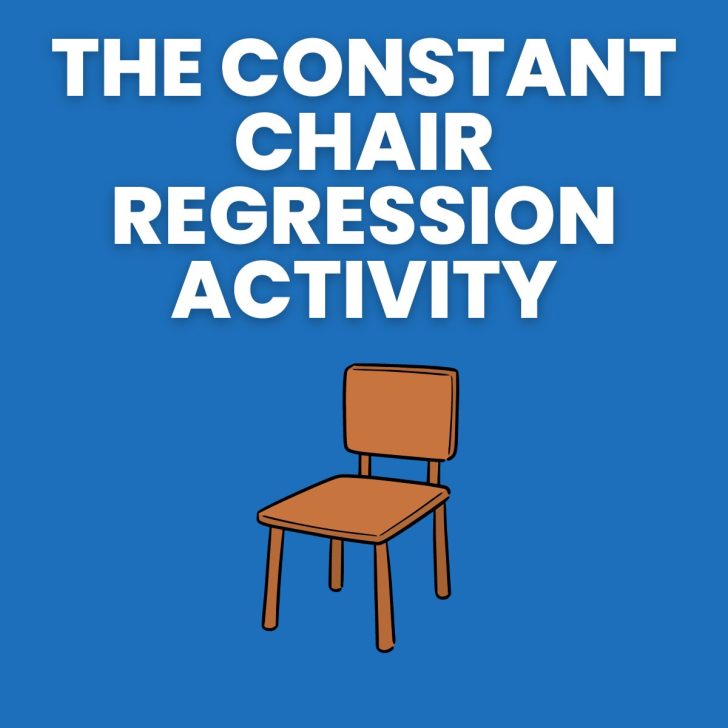
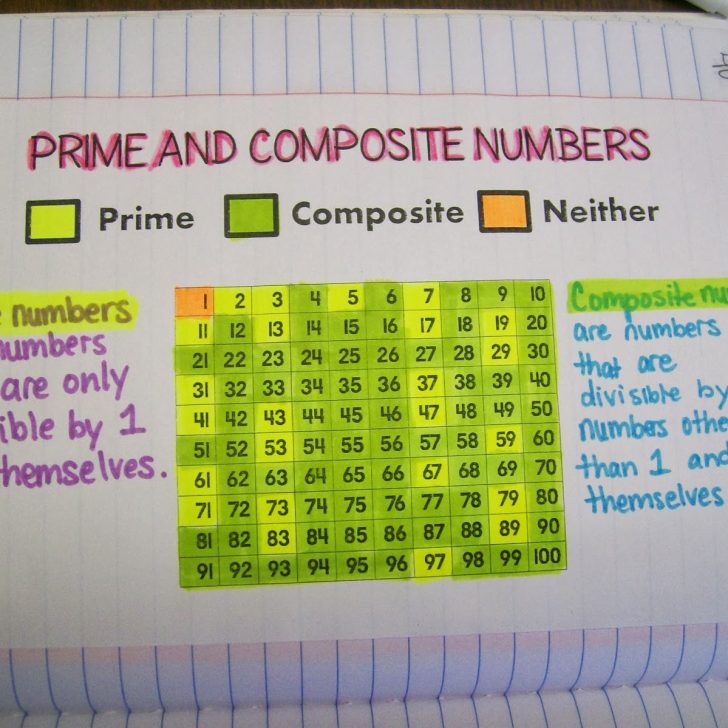
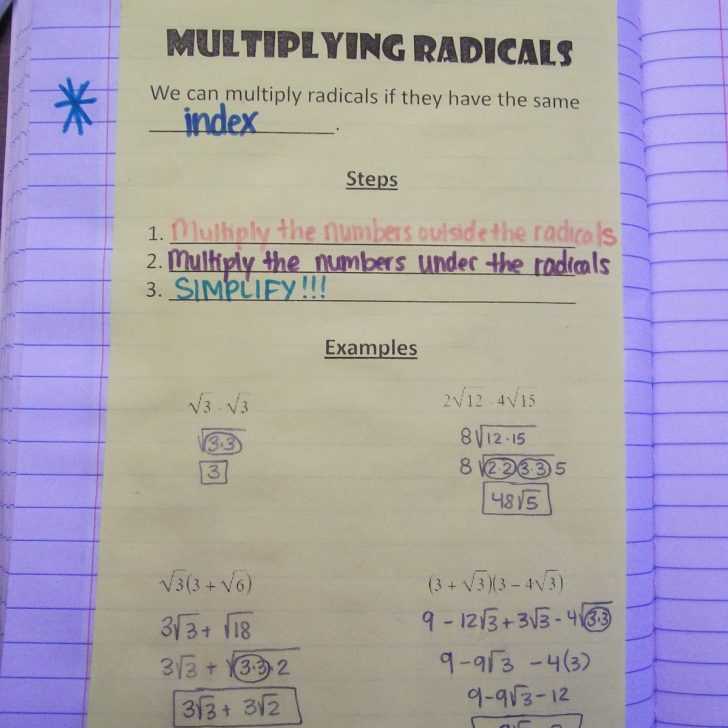

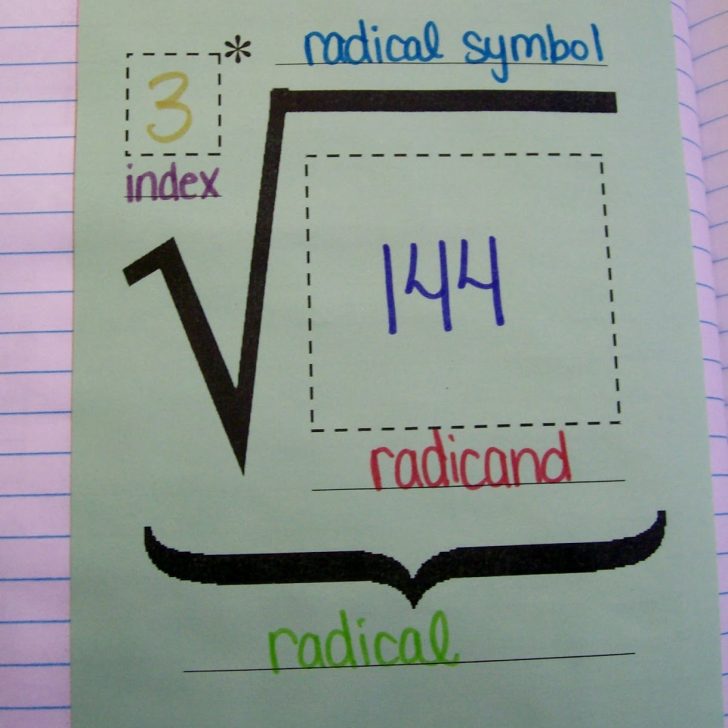
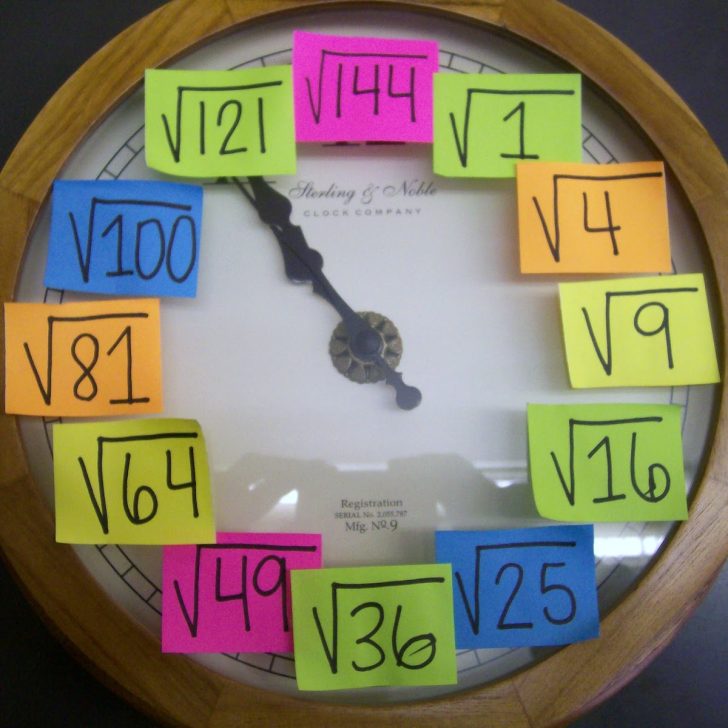

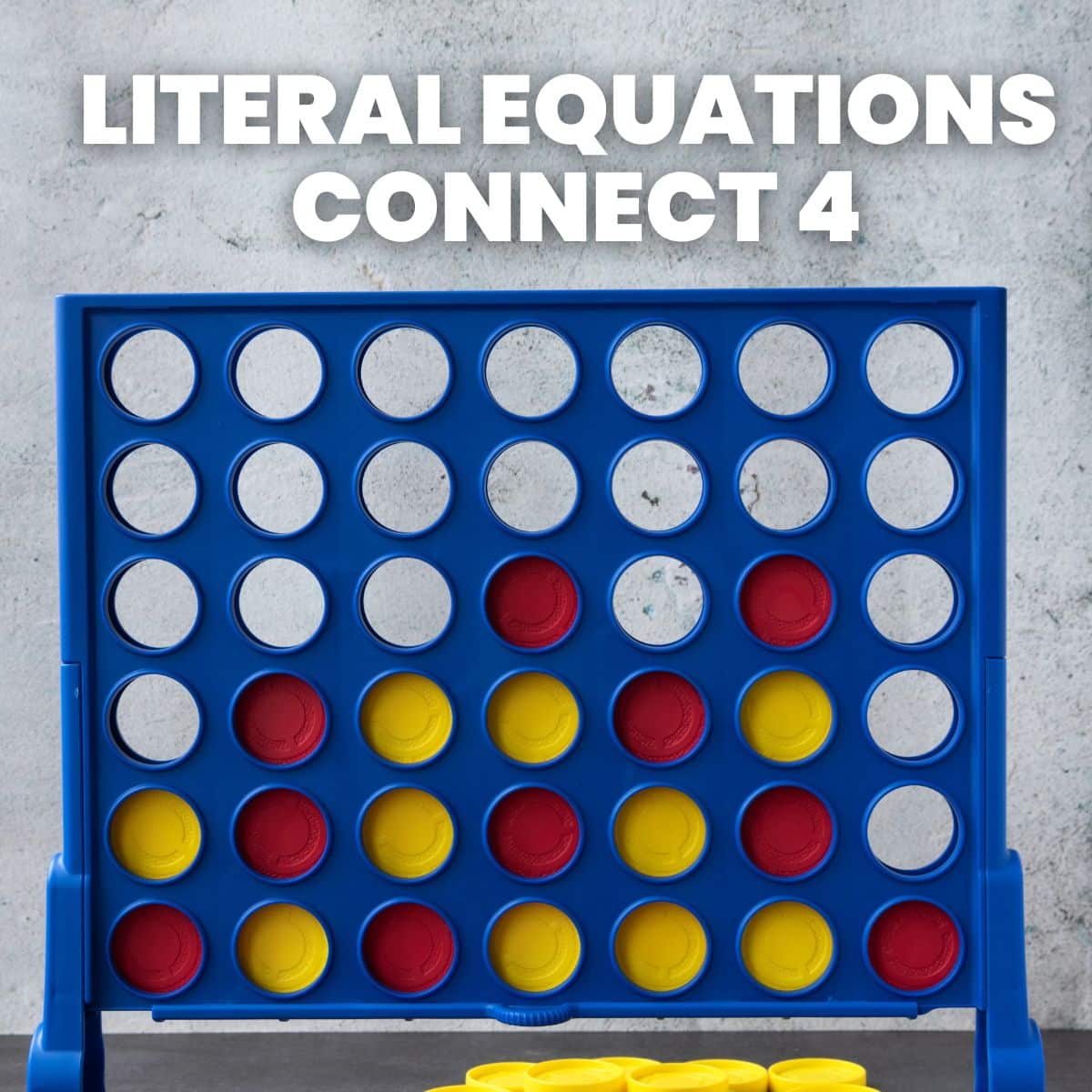

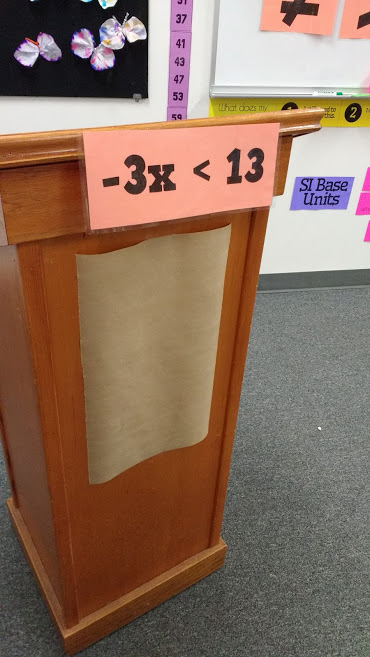
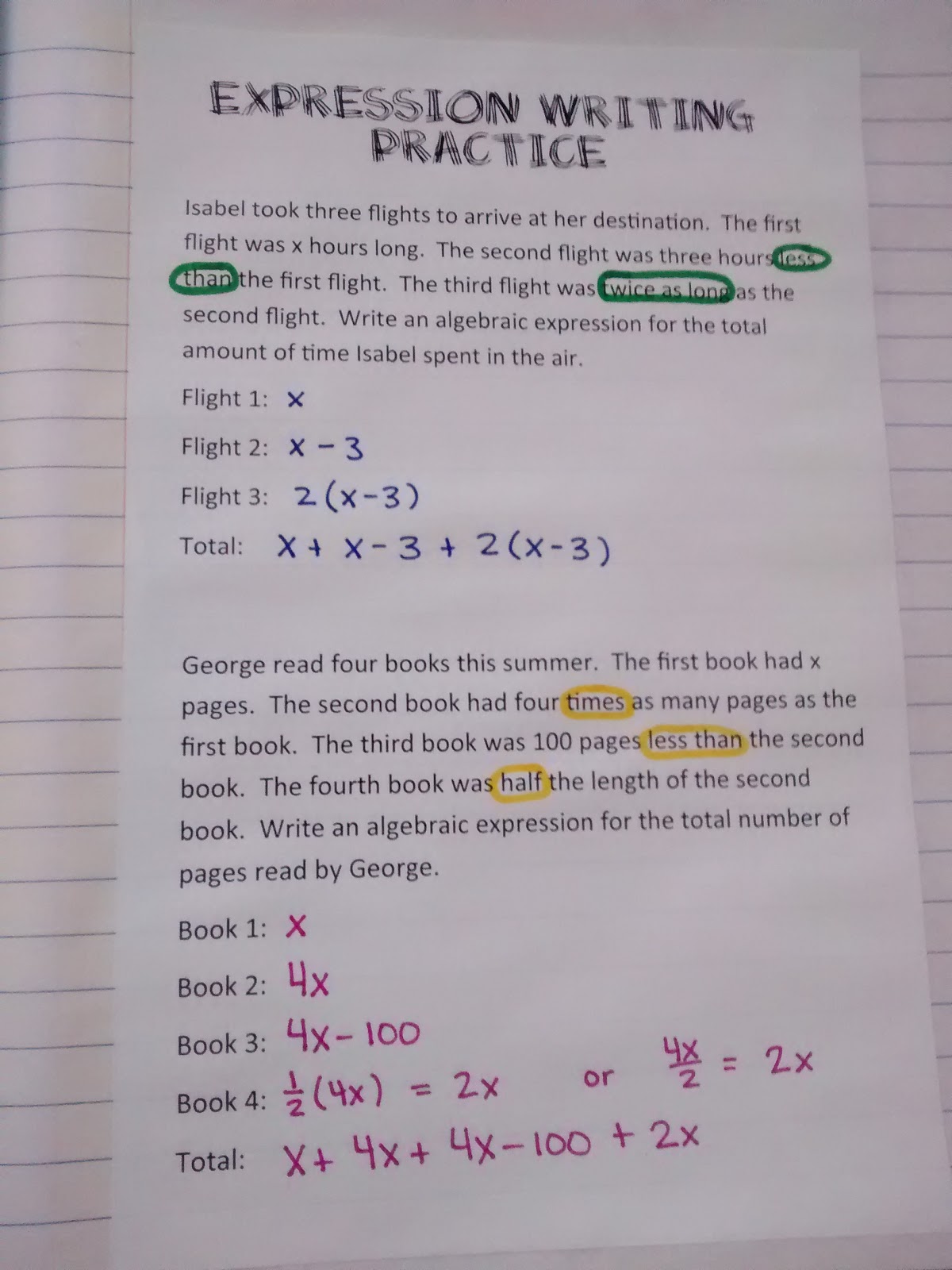
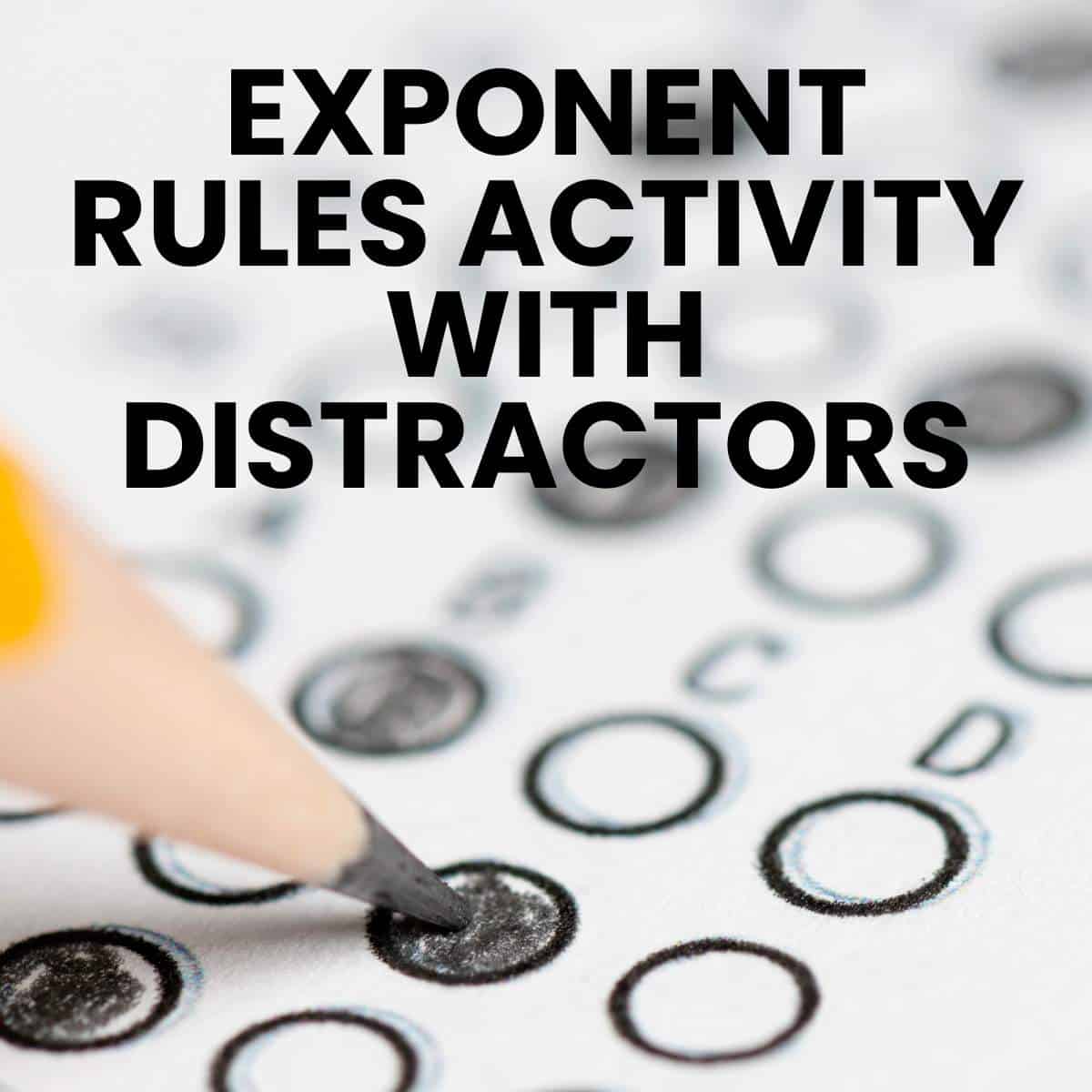
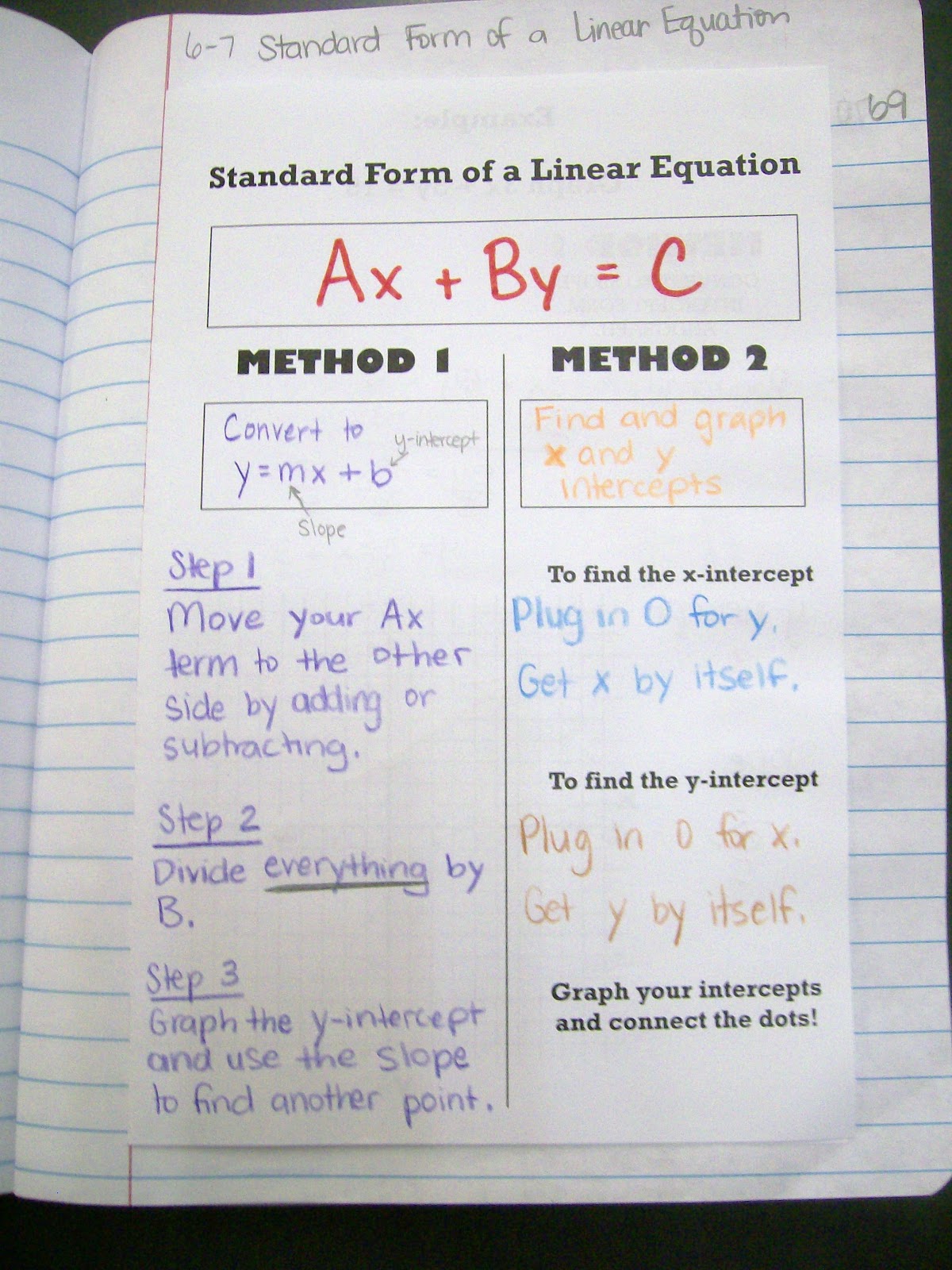
I love this!!! I am going to use it as a quick review at the beginning of my A2 class today….
Super! Thanks for sharing it with us.
For those without a smartboard, you can roll real life dice under a document camera.
I like this.
-As an alternative, take several dice, and have the students find the product of the numbers. They can then find the square root of the product. A visible pattern may emerge of "prime number factors" vs "perfect square factors".
I apologize if this is tangential, but is a competition a good way to go about such activities in general? Do slower-answering students get discouraged? Do quick-answering students fail to reflect on their work?
I do a similar thing in groups with mini-white-boards. Every group that gets the answer gets a point. Students who need more time to process can still 'win' the game.
I'm not sure: do we really need competition for motivation?
For those of you with concerns about the competition, you could modify so that a random student rolls the dice, and all simply solve and hold up their white boards. I think it would be equally as engaging.
This comment has been removed by a blog administrator.
If you want numbers that always simplify, enter randint(4,16)^2*randint(4,12)*randint(4,11) on a TI83 or TI84 calculator. Just hit enter to keep generating new random numbers.
Brilliant!
Thanks for the idea of using dice on the Smartboard, I didn't know that was possible. This will definitely make practice more engaging!
This is what I love about blogging. I'm always learning new things, too!
Cool idea! Thanks for sharing.
You can also get 8 and 10 sided dice to make larger numbers.